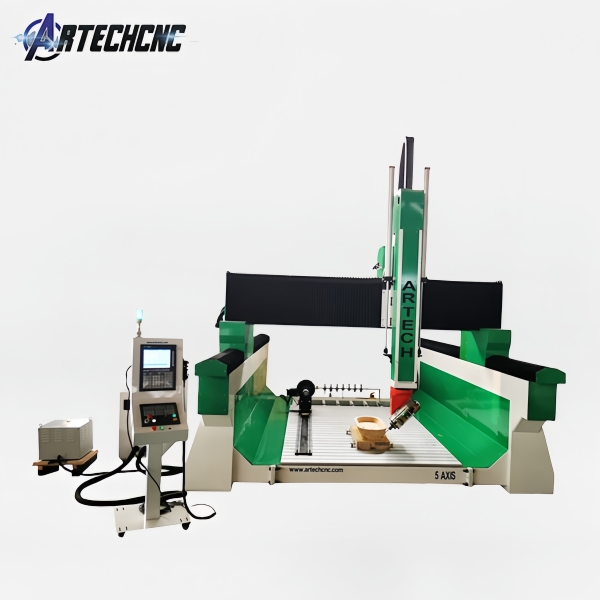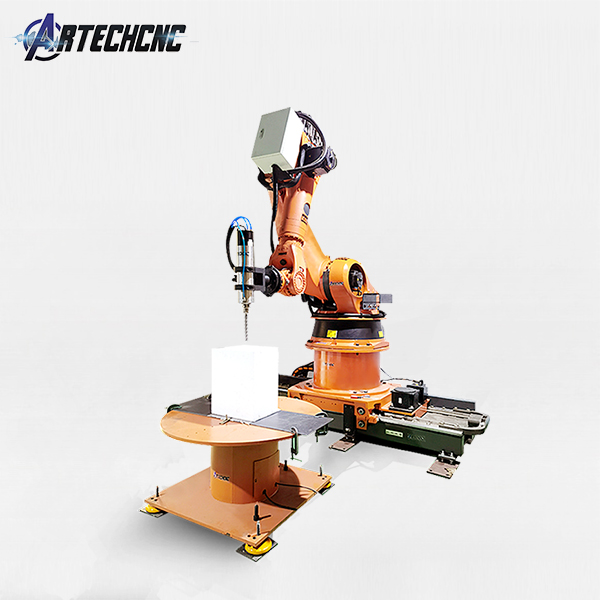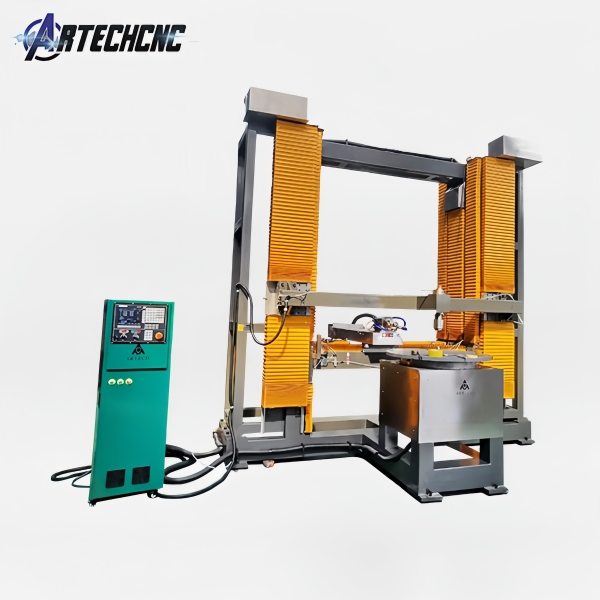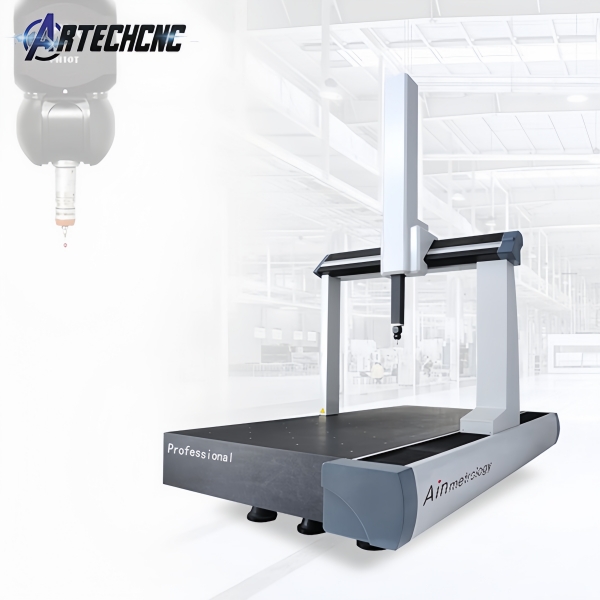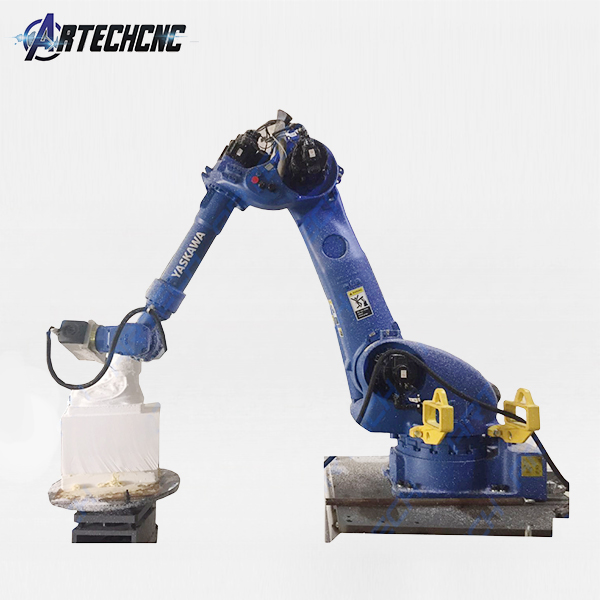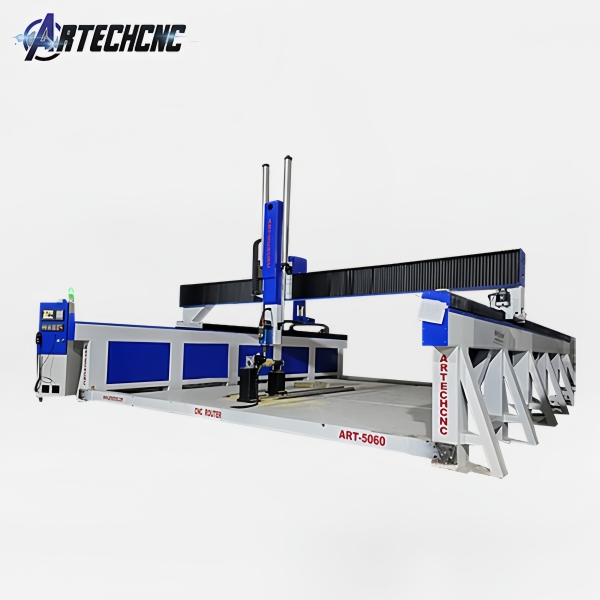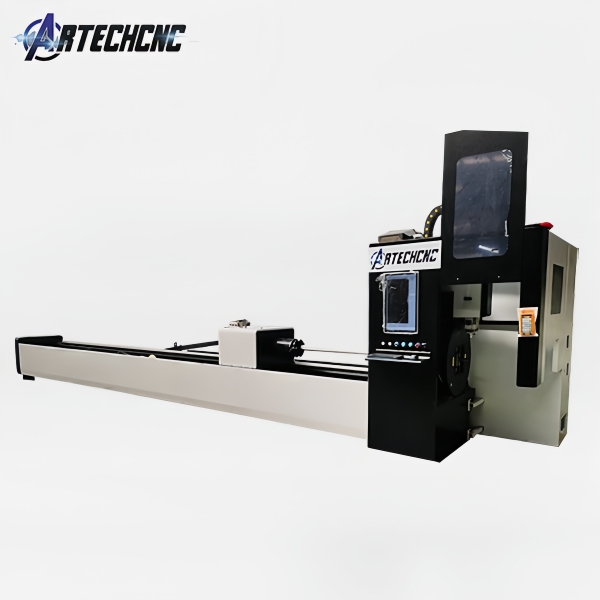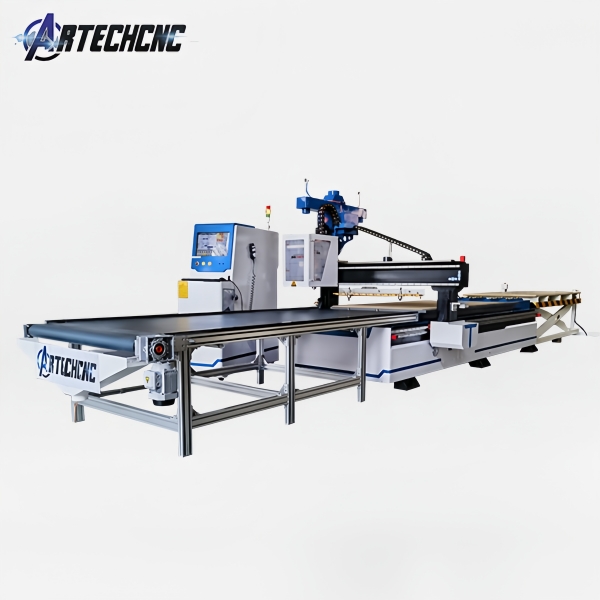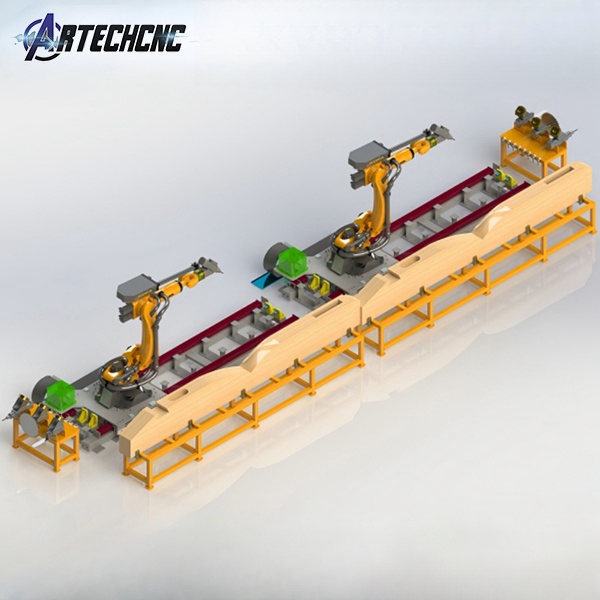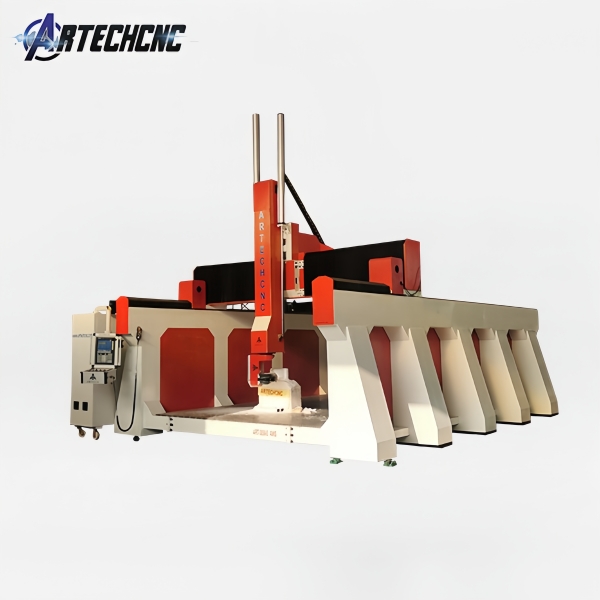8 Critical Considerations for Robotic Welding Automation
Implementing a robot arm welding automation system requires comprehensive planning to ensure operational efficiency, safety, and return on investment. Manufacturers must address these key factors to maximize the performance of their robot arm welding cells:
1. Safety Compliance
Workspace Safety: Ensure compliance with ISO 10218 safety standards by installing protective barriers, light curtains, and emergency stop systems around the robot arm work envelope.
Robot Safety Features: Select robot arm models with collision detection, force limiting, and safe motion monitoring (PLd/SIL2 certified) for human-robot collaboration (HRC) applications.
2. Robot Arm Selection
Payload & Reach: Match the robot arm's capacity (6-300kg) and working radius (1.4-4.2m) to workpiece dimensions (e.g., automotive frames/aerospace components)
Precision Requirements: Welding applications demand repeatability of ±0.08mm or better for consistent bead placement
3. Process Integration
Welding Methods: Verify robot arm compatibility with GMAW (MIG/MAG), GTAW (TIG), spot welding, and laser hybrid processes
Quality Parameters: Implement adaptive control for arc stability (±2% voltage regulation) and penetration depth monitoring
4. Programming & Simulation
Offline Programming (OLP): Use robot arm simulation software (RobotStudio/Delmia) to reduce physical commissioning time by 60-80%
Digital Twin Verification: Conduct virtual tests for reachability analysis and cycle time optimization before deployment
5. System Interfacing
Industrial Networks: Ensure robot arm supports PROFINET, EtherNet/IP protocols for CNC equipment integration
Data Acquisition: Monitor 300+ welding parameters (current/wire feed speed) through IIoT platforms
6. Tooling Solutions
Modular Fixturing: Implement quick-change fixtures (<15min changeover) for high-mix production
Material Handling: Integrate the robot arm with AGV systems for continuous workpiece flow
7. Quality Assurance
Vision Guidance: Equip robot arm with 3D laser scanners (0.05mm resolution) for seam tracking and defect detection
Traceability: Link weld process data with NDT results in a centralized quality database
8. Maintenance Strategy
Predictive Maintenance: Monitor robot arm component health via vibration/temperature sensors (92% fault prediction accuracy)
Training Programs: Provide CR-certified courses covering 21-point inspection checklists
By implementing these eight considerations, manufacturers can achieve:
40-60% productivity gains compared to manual welding
80% reduction in rework rates
ROI periods under 18 months
ARTECH CNC delivers complete robot arm welding solutions including:
Process validation testing
Turnkey cell integration
Lifetime technical support

